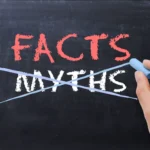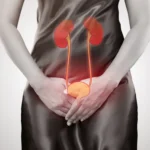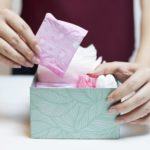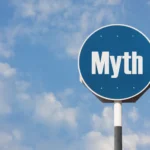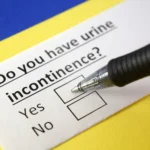Faecal Incontinence and Romance – How to Have a Discussion with Your Partner

Faecal incontinence can be difficult to live with at the best of times. It is even harder when you are single and looking to date. Are you single and avoiding meeting new people, dating or sex? Are you married and worried your partner no longer finds you attractive? Incontinence during intimate moments can be frustrating for all involved. Most of us have trouble talking about… read more >

